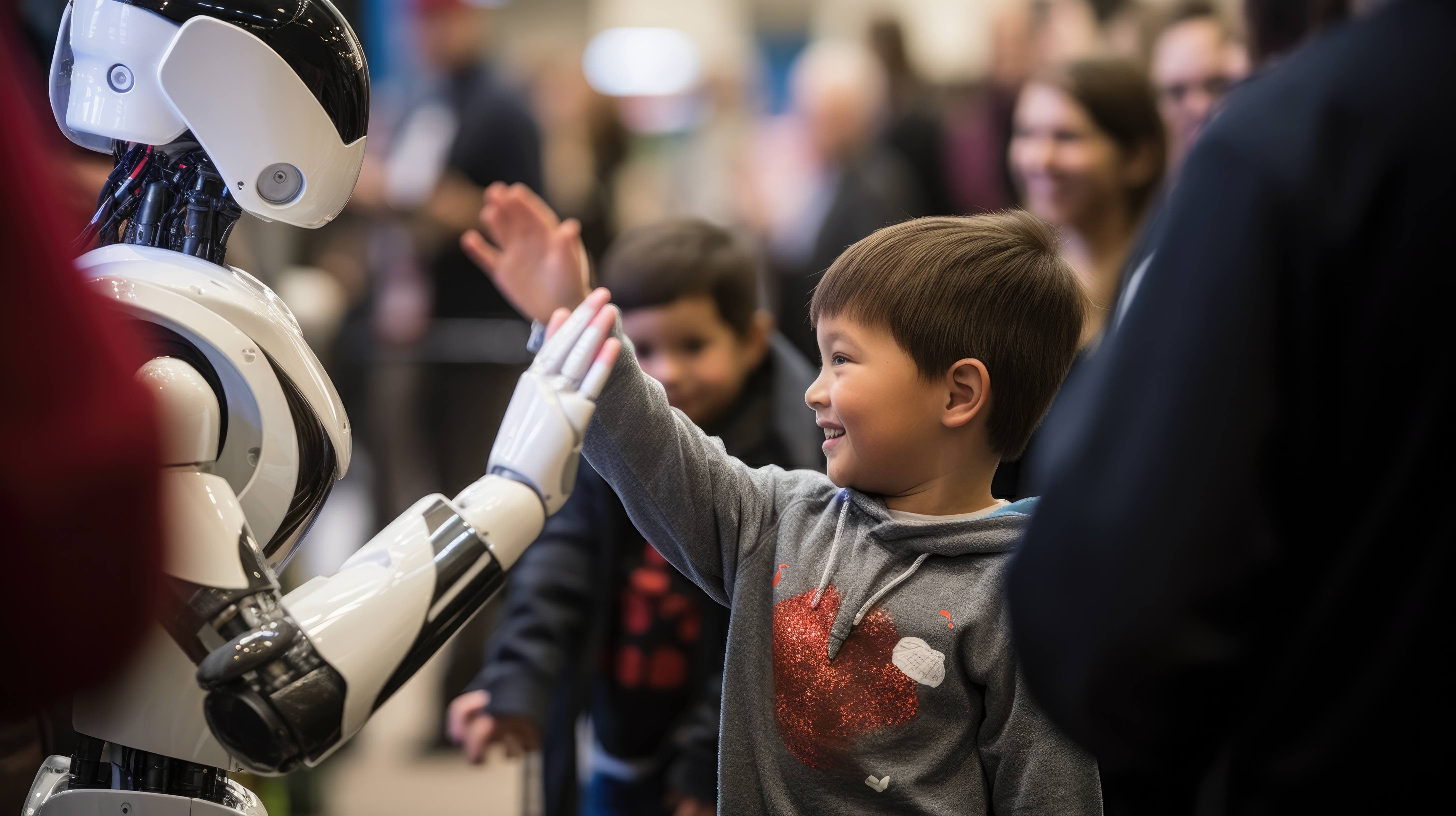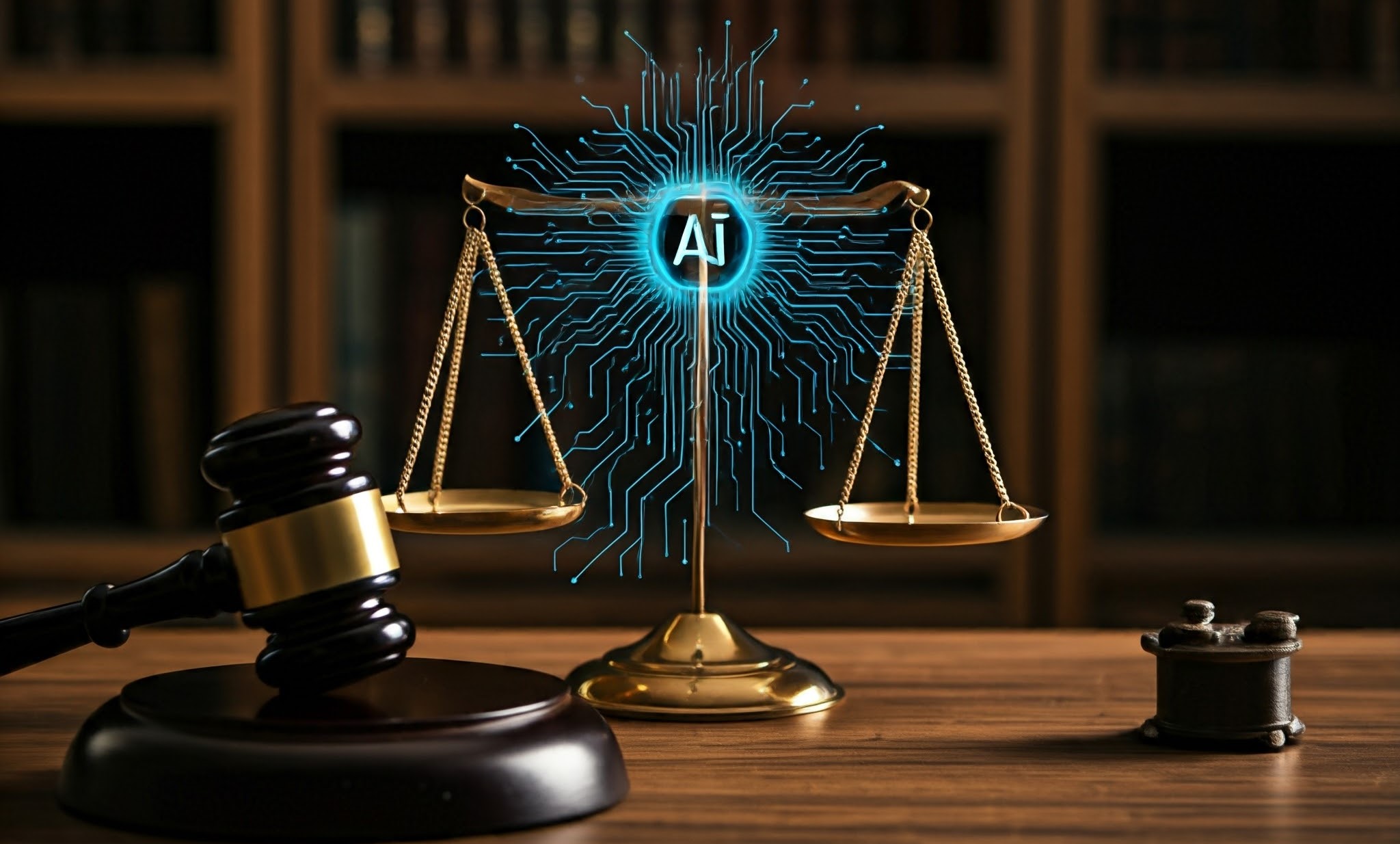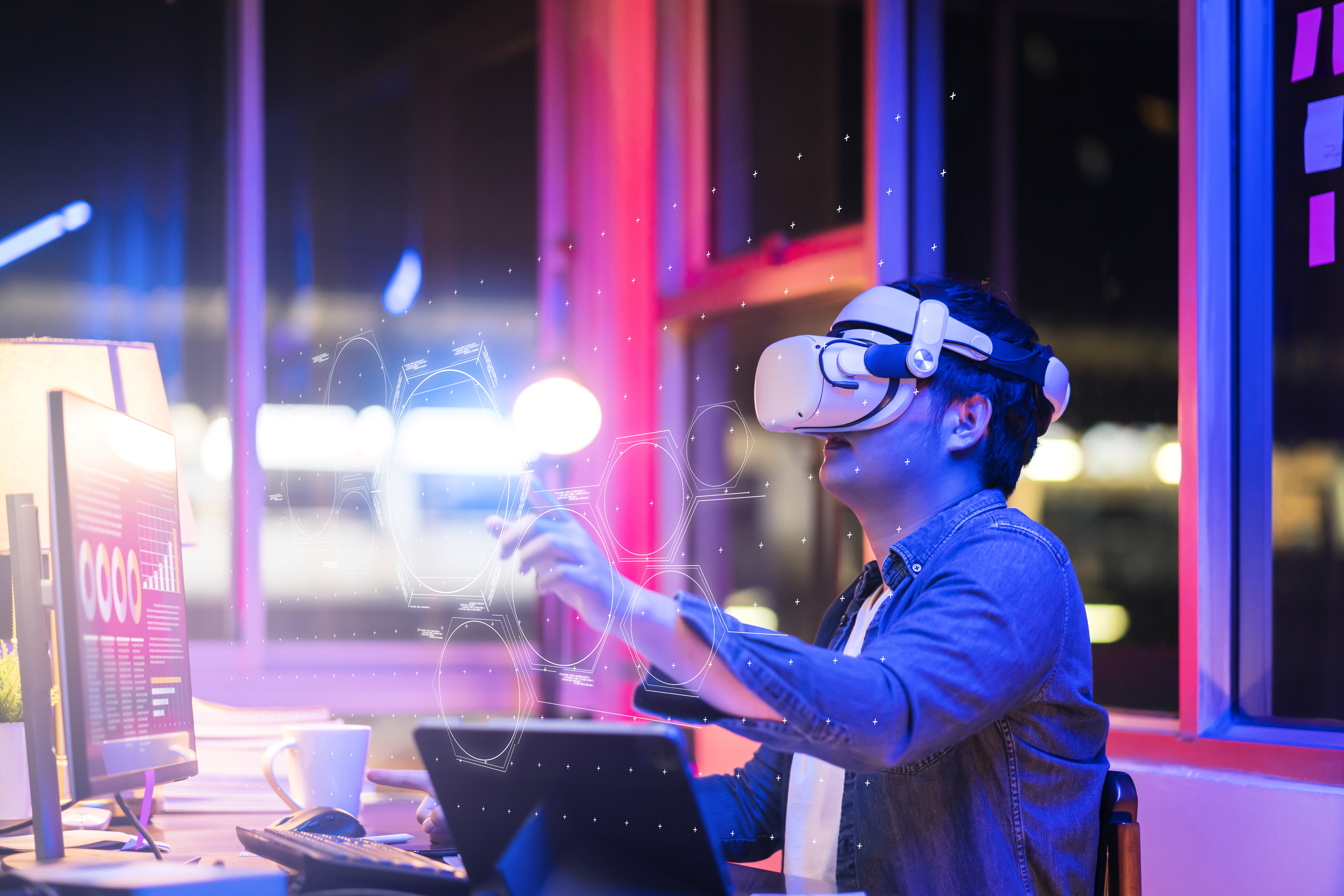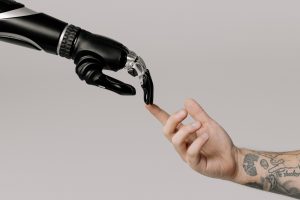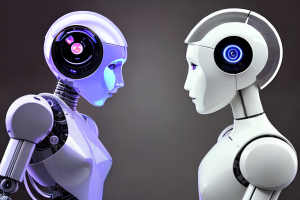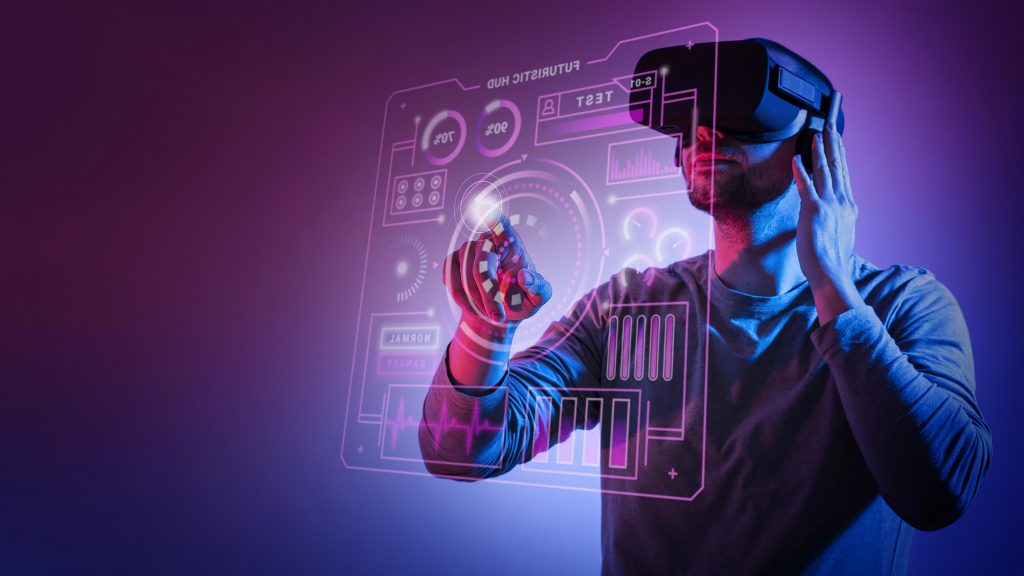
Artificial Intelligence (AI) is no longer a futuristic concept but an undeniable part of our daily lives already. From voice assistants like Siri and Alexa to a large language model that uses deep learning techniques like ChatGPT and Claude, we encounter AI systems every day, often without even realising it.
However as these technologies evolve, they beg the question: where do we draw the line between machine-driven assistance and genuine intelligence?
Tools like ChatGPT, capable of generating human-like text, challenge our understanding of what AI can achieve. Meanwhile, emerging systems such as DeepSeek focused on specialised tasks like predictive analytics and data exploration offer a glimpse into the future of AI that could push us even further towards a new paradigm.
Is this the beginning of an AI revolution, or are we simply entering a new phase of machine learning with tools designed to respond rather than truly think?
The shift in development
The development of AI has seen a shift from systems designed primarily for alerts and automation to more complex entities capable of engaging in conversations, making decisions, and solving problems. Early AI systems were largely limited to “alert-initiated” functions—think of the first chatbots, which responded to pre-set commands or queries with limited understanding.
They could predict outcomes based on data but did not possess any real intelligence. Fast forward to today, and AI has advanced into the realm of natural language processing. Models like ChatGPT are built on deep learning algorithms that can analyse vast amounts of text, understand context, and generate human-like responses. This leap has led to AI being used in a range of industries, from customer service to content creation, prompting both excitement and concern over its expanding capabilities.
But while ChatGPT may be the face of conversational AI, a new player—DeepSeek—brings a different flavour to the AI landscape. Whereas ChatGPT is a generalised model designed to mimic human conversation across various subjects, DeepSeek is built for one thing: deep data analysis and prediction.
Think of it as an AI that focuses on pulling meaning from large datasets to identify trends and provide predictions. Its applications are specialised, often focused on industries like healthcare, finance, or cybersecurity, where deep insights can have profound real-world impacts.
Unlike ChatGPT, which thrives in interactive environments, DeepSeek’s power lies in its ability to shift through mountains of data to deliver insights that humans might miss. But this specialisation also raises the question: Is AI like DeepSeek more “alert initiated,” simply processing vast amounts of data and presenting the results, or is it truly “intelligent,” capable of understanding the intricacies of its findings?
The distinction
This distinction between generalised and specialised AI brings us to a central concern: How do we define true artificial intelligence?
Current models, no matter how sophisticated, still fall short of human-like understanding. ChatGPT, despite its impressive linguistic abilities, does not actually “understand” what it says. It generates responses based on patterns in the data it’s been trained on, with no awareness of the meanings behind the words.
Similarly, DeepSeek’s ability to predict outcomes or spot trends is a result of advanced algorithms, not conscious thought. This limitation leads to ethical questions about the role of AI in decision-making. If AI can predict a patient’s likelihood of developing a disease, or determine the best course of action for a business, can we trust its conclusions without human oversight?
And what happens if an AI system makes a mistake, or if its biases go unchecked?
Despite these risks, the potential benefits of AI are unmatchable. ChatGPT’s role in content creation, customer support, and even mental health applications shows just how versatile AI can be.
DeepSeek’s ability to analyse complex datasets is equally transformative, allowing industries to redefine new opportunities and drive innovation. As AI tools like these continue to evolve, the debate about their capabilities and limitations will only grow.
Can AI ever reach the level of human intelligence, or is it destined to remain a tool that amplifies our own abilities without replacing them?
As we navigate this new frontier, one thing is clear: the future of AI will require a delicate balance of innovation, regulation, and ethical consideration.




